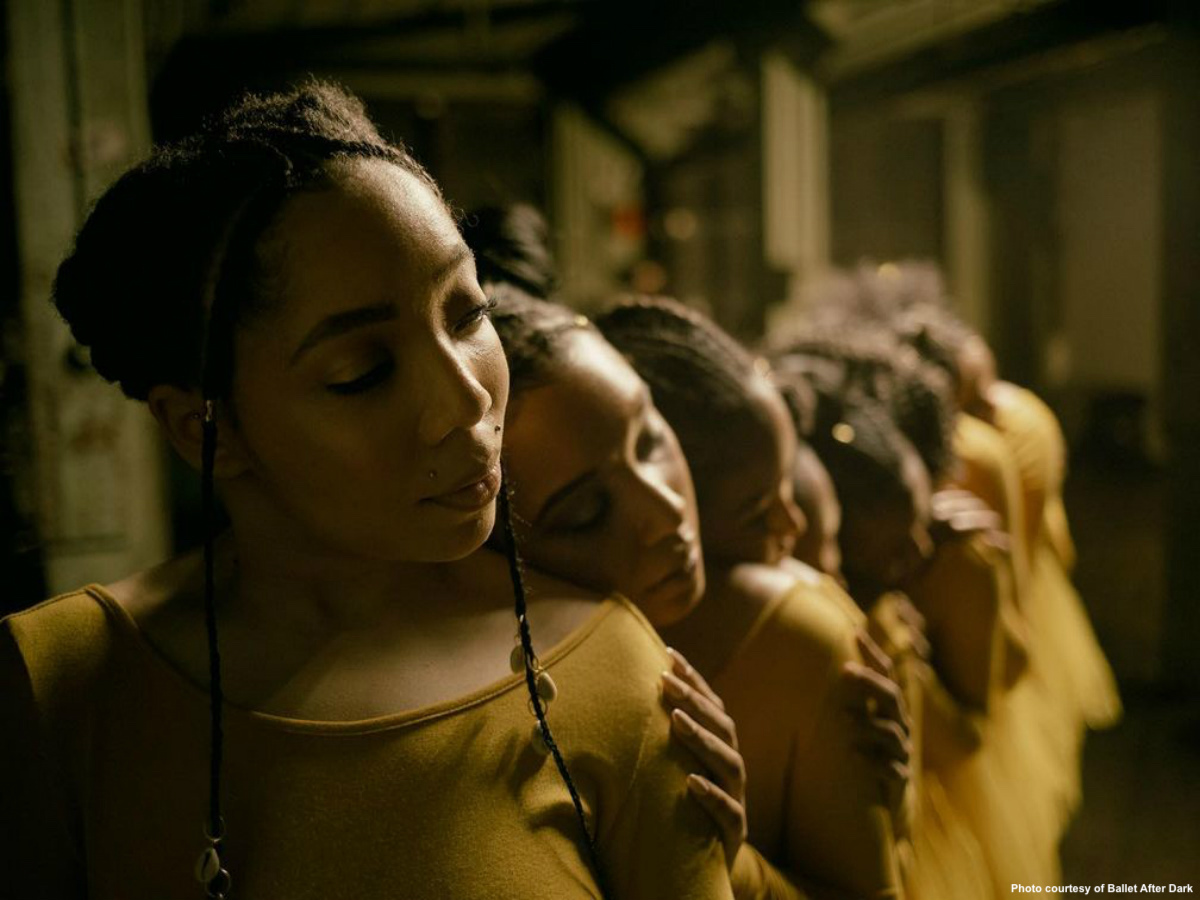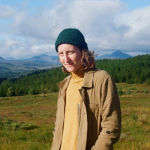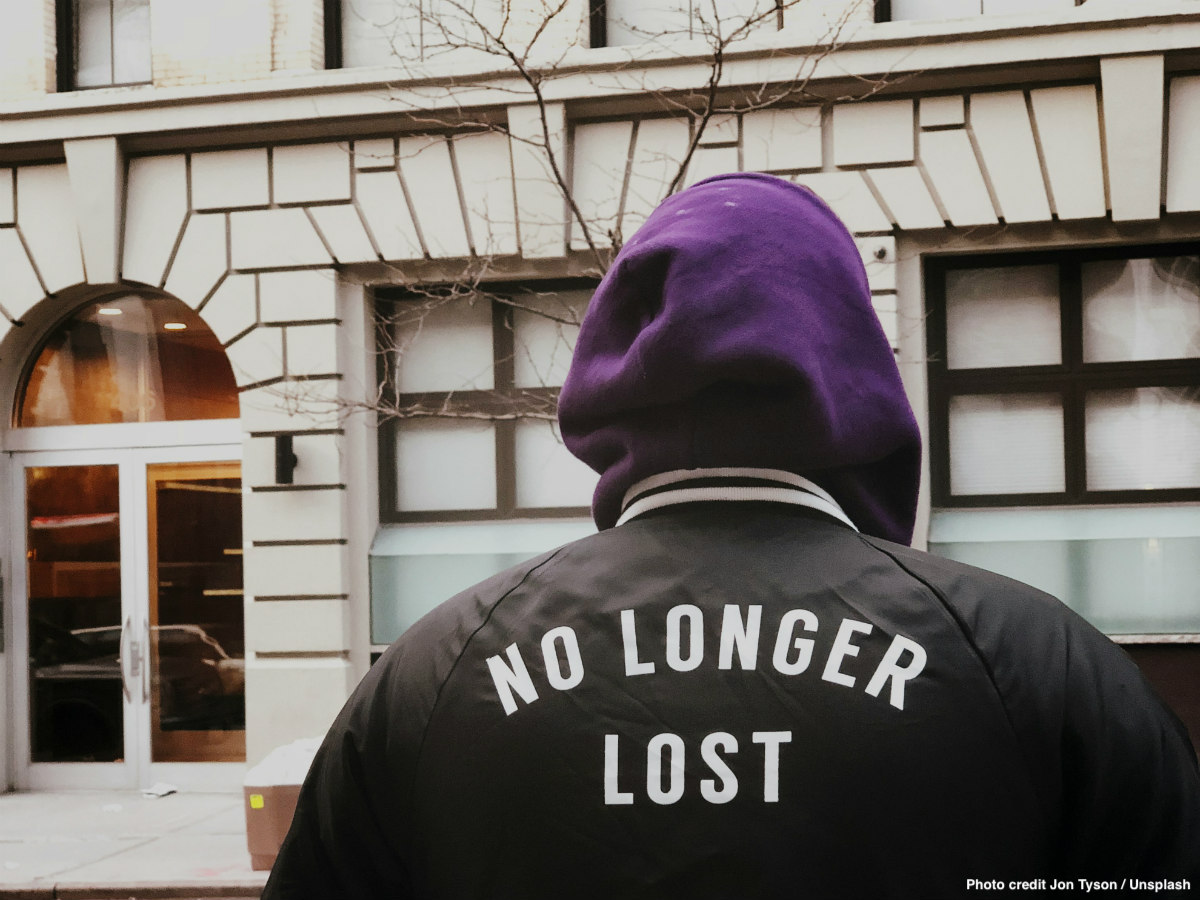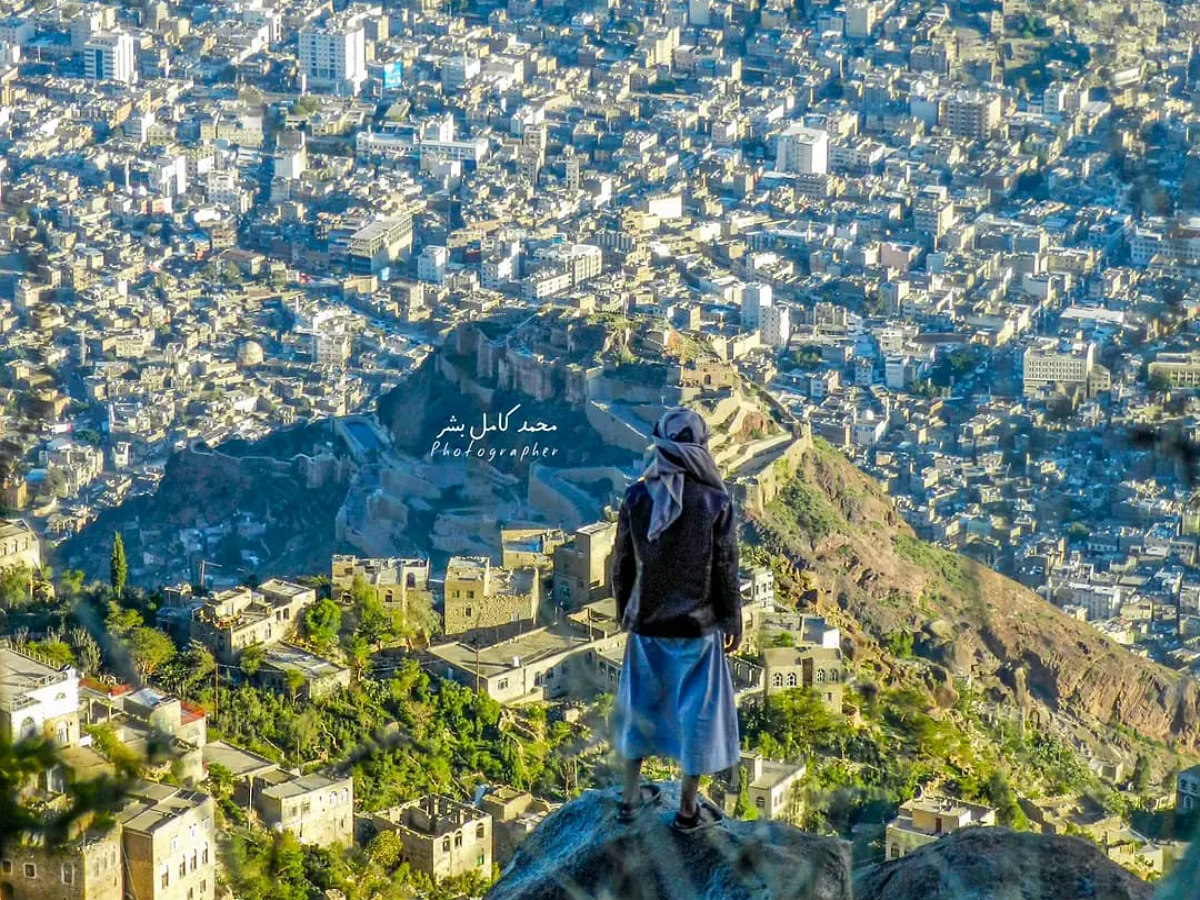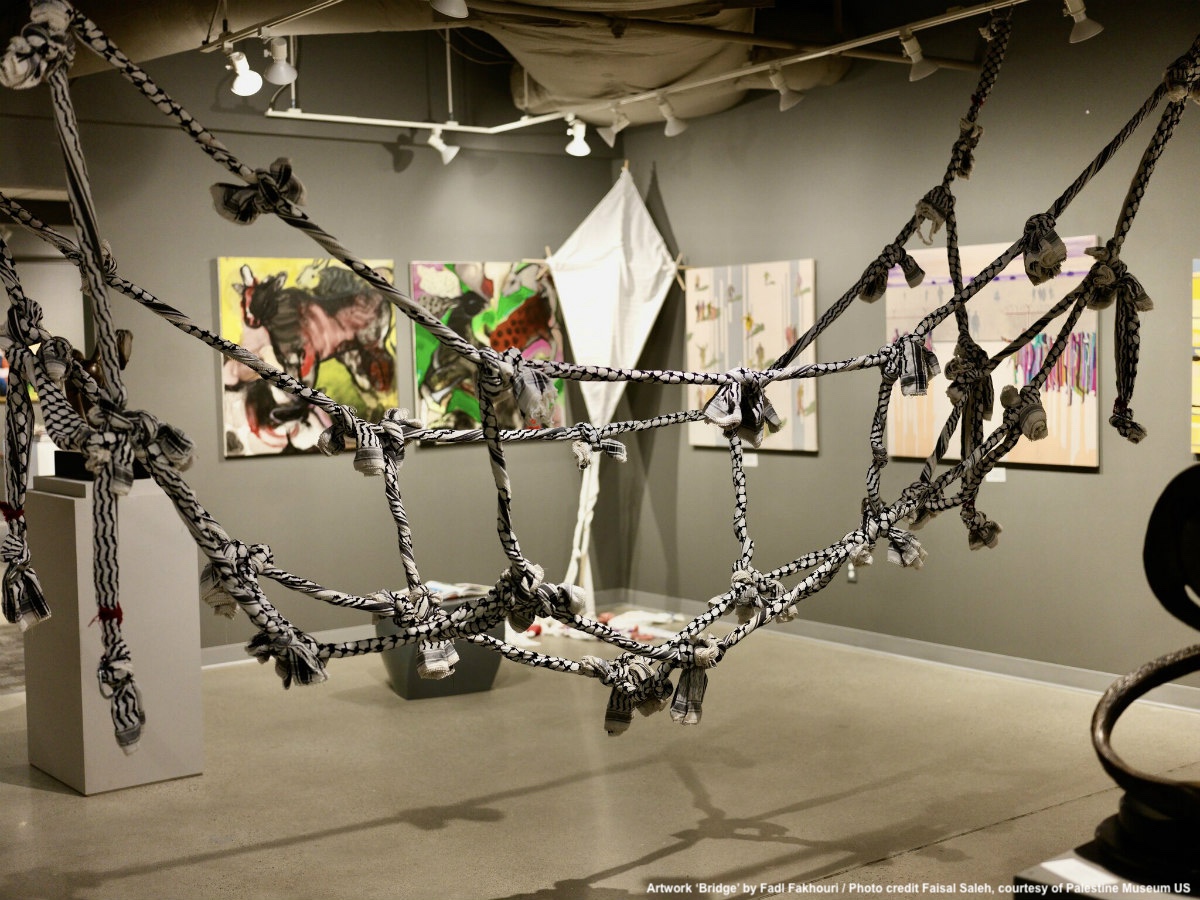As a dancer with a ballet background based in the city of Baltimore, I’ve realized that if there are two things about which people tend to have preconceived notions, they’re ballet and Baltimore. But what if each was the key to creating a new, liberated future for the other? This is the work of Tyde-Courtney Edwards. Since 2014 this choreographer and entrepreneur has been building a Baltimore-based community of Black and brown women and youth who are survivors of violence, connecting them to ballet as a pathway to the future.
The program, called Ballet After Dark, has reached an impressive number of over 900 women survivors in a city notorious for its rates of crime and gun violence that remain well above the national average. The 2015 murder of Freddie Gray, a 25-year-old Black man who died from fatal injuries he sustained while in police custody, intensified the citywide call to dismantle the Baltimore Police Department and invest in public health. Preventing and responding to violence against women is one of the focuses of these calls.
“In 2022, women made up more than half of all victims of aggravated assault,” lamented Shantay Jackson, executive director of the Mayor’s Office of Neighborhood Safety and Engagement, to WYPR, and these rates are rising. The city government has been at work for nearly two years on a public health resolution with a data analytics approach to understanding violence against women. At the same time, community-based organizations have taken the lead in responding to immediate community needs. Both are looking closely at the root causes of violence, including generational trauma and structural racism.
A similar impulse to look frankly at history in the dance world questions whether ballet will, or should, survive into the future, given its classist and racist roots and its inherent power structures. Ballet is, among other things, known for creating and perpetuating harmful, critical relationships between young people and their bodies—a practice Ballet After Dark specifically aims to counteract.
When I ask how ballet, specifically, guides Edwards’ vision, I am delighted and curious when she says, “it doesn’t!”
Rather, as she reminds me, “everything about the organization is incredibly intentional,” and the focus is on “repurposing ballet to be a joyful healing modality.” In her choreography and curricular design, Edwards mobilizes the practice of ballet towards the goal of healing, choosing balletic movements for training only when they help connect with body parts affected by trauma. Dance therapy classes use ballet training to show “how the movement is connected to unlocking certain trauma, or certain pain that may be stored in those particular body parts or muscle groups,” Edwards describes.
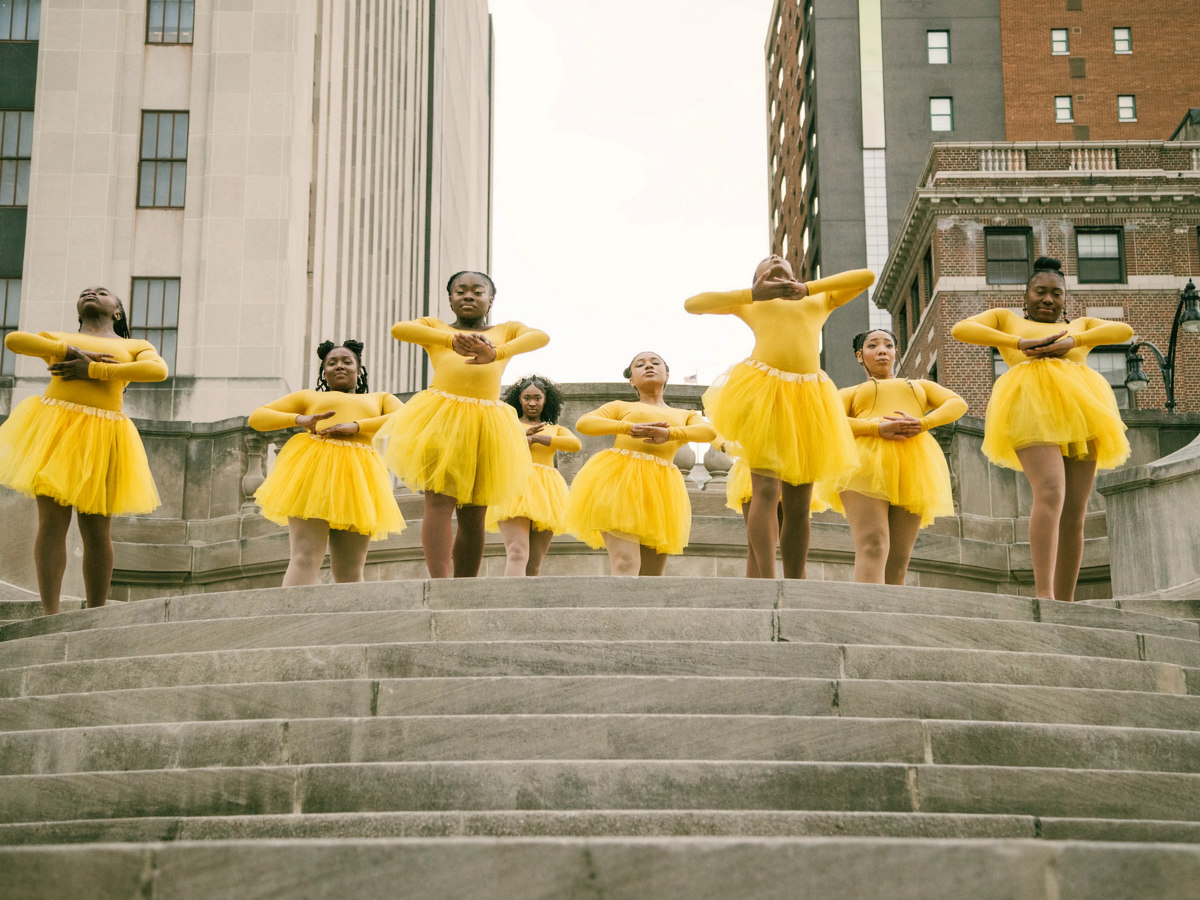
“Repurposing ballet” describes the philosophical framework of Ballet After Dark as much as its training practices. Ballet’s history as a court dance for European royalty serves as a key reference point for Edwards and her dancers. Describing the members of her company, Edwards explains that “When they understand why [ballet] was created, and why I’m creating access for them as Black and brown people, it becomes bigger than a classical movement. It becomes an opportunity for them to see themselves as royalty.” This framework is helpful, she adds, in developing a renewed sense of confidence for survivors.
In ballet, all movements emanate from a strong core, and so too in Ballet After Dark, which also uses the principles of alignment, posture, and grace in the studio. The organization’s central goal of healing for women survivors of violence using somatic intervention—that is, trauma-informed, therapeutic movement practice—anchors a full suite of educational and support opportunities. A few examples: the summer Aqua Ballet Program; the BAD Kids Program, which introduces children ages 2-5 to creative movement, mindfulness, and meditation; the Storybook Ballet creative movement and literacy workshop for children; the Period! Workshop, a reproductive and menstrual health workshop for preteen and teen girls; and a healthy relationship workshop in partnership with OneLove.
Movement is connected to unlocking certain trauma, or certain pain that may be stored in those particular body parts or muscle groups.
At the center of Edward’s mission is the trauma-informed professional dance company BAD Ballet, which tours regularly to residencies across the country. You may have seen them recently in their audition for America’s Got Talent. As Edwards notes, they’ve been “catapulted to the top of the list” to perform at large-scale events and conferences, like the Black Maternal Mental Health Alliance Conference and the Baltimore Trauma Conference.
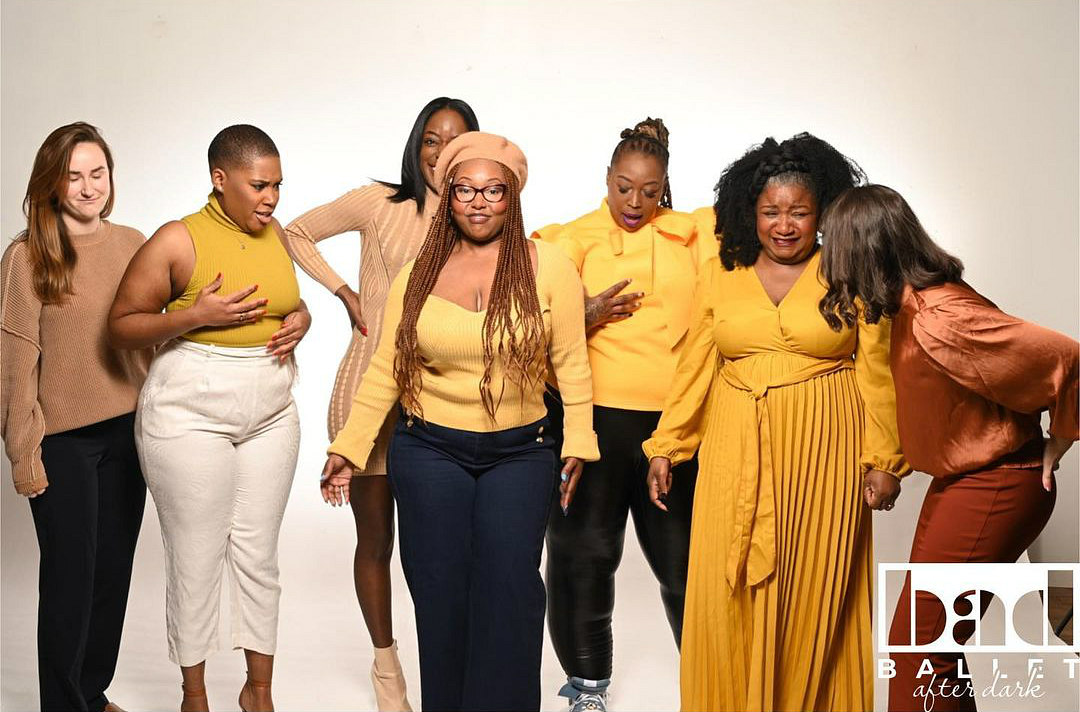
The BAD Ballet rehearses at the Eubie Blake Cultural Center in central Baltimore. Named for the Baltimore-born pianist and composer, who was a leader in early 20th century African-American music, the Cultural Center was founded by mothers of students at Baltimore’s Dunbar High School in an effort to create more after-school art spaces across the city. In its present state, the Eubie Blake Center aligns itself with the mothers’ initial vision, which Edwards describes as “intentional and very community-driven.” Eager to contribute to this vision, and to bring its beautiful facilities alive, Edwards acknowledges how significant it is for dancers to arrive at rehearsal by walking through a historical building, full of Black art and stories of other Black artists.
Edwards, a classically trained ballerina, art model and survivor of sexual assault, provides inspiration, too, from her own experiences and lineage. Her journey begins close to home, literally, with her brother, who has the same dance training as Edwards and pursued a performance career. She admires local dancers such as Stephanie Powell and Anton Wilson; and on the national scale, Debbie Allen and Jawole Willa Jo Zollar “Mama Jawole,” founder of Urban Bush Women dance company. The common denominator among her inspirations, in Edwards’ words, are “dancers who take it a step further, who are innovators, dance entrepreneurs, dancers who are using movement for social change.”
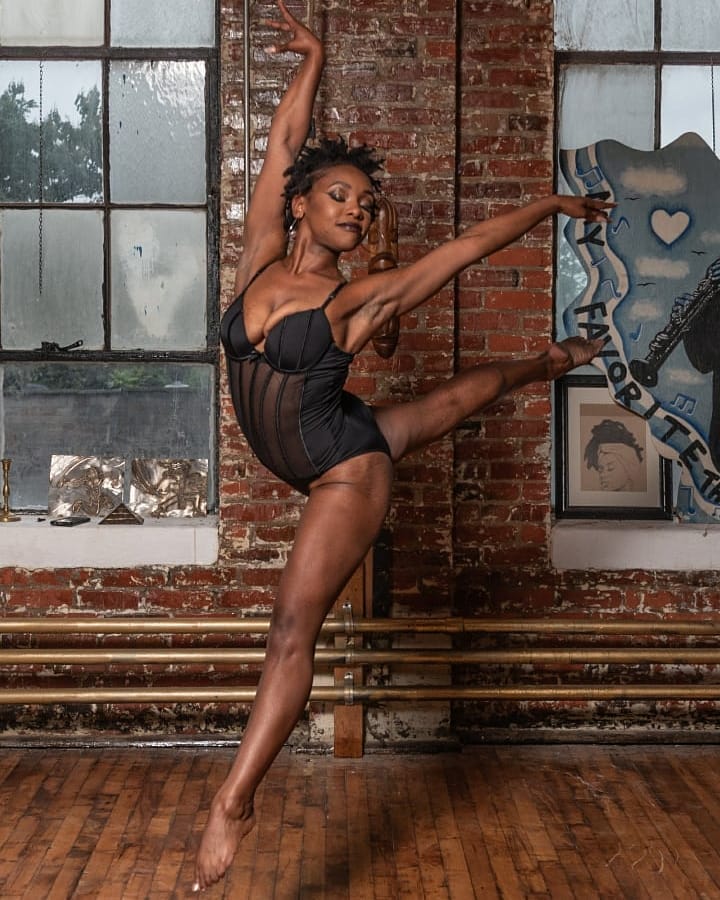
This is the kind of engaged dancer that Ballet After Dark aims to create—the philosophy becomes practice as much as the other way around. As a result, Edwards takes care to include her own dancers in her lineage just as much as these bigger names. The lead dance therapist of Ballet After Dark, for example, began as Edwards’ student at age 16. Access to this kind of pathway to future opportunities—through dance and then beyond—lies at the core of Edwards’ mission. She finds it crucial to talk publicly about the financial and lifestyle realities of a life in dance, which as she mentions, requires about 10 years of training for a 3-10% chance at a professional contract, and one that often doesn’t offer a livable wage.
This reality doesn’t have to feel discouraging, however, when approached with Ballet After Dark’s characteristic intentionality. Instead of pushing dancers exclusively towards professional contracts, Edwards supplements dance training with programs that can help them access other career opportunities, including financial literacy.
Dancers are receptive to this idea, and this encourages Edwards. “They are really grasping the idea of figuring it out,” she says, “and not being completely married to the idea of receiving a contract with a performance company, when the chances are very slim. I’m inspired by their drive to give themselves every opportunity possible.”
The core practice of using ballet for youth and women survivors to recover from violence ripples outwards. Not long after Ballet After Dark’s inception, “people started emailing me from Kenya and Nairobi and Tokyo and Australia asking where Ballet After Dark was in their countries and cities,” Edwards explains. “It became very apparent to me how dire this resource is.”
In response, she turned towards relationships. Ballet After Dark’s working Board of Directors, made up of professionals who work directly with women survivors of violence or are survivors themselves, are actively developing international relationships to respond to the clear demand for this kind of work.
During early Covid, a one-time special project with arts organization Casa Mandarina brought Ballet After Dark’s resources to marginalized women in Mexico City via virtual programming. Since then, Ballet After Dark has developed BAD Abroad, a 2 week long international residency program where dancers and teen ambassadors will visit countries in the African diaspora to facilitate workshops, offer film screenings, and receive cultural experiences. The aim is for BAD Abroad to launch in September 2023.
A solid foundation in Baltimore allows the company’s impact beyond its borders, ever increasing the range by which it is able to be responsive to genuine need. Though people tend to include violence in stereotypes about Baltimore as a city, Edwards notes that “with [the work of Ballet After Dark] we have an opportunity to put Baltimore on the map for being the hub of healing.” The impact of Ballet After Dark emanates from Edwards’ willingness to look frankly at the “how” of creating a solid, long-lasting community—and the “why” will continue far into the future.
Though if you ask Edwards, “We’re regular people, creating space, holding space. It is what it is, just helping people.”
